Italian food is delicious. We all know that. The whole world knows that, and so the whole world has adopted Italian cuisine into their hearts. In so doing, we English-speakers have also adopted some Italian words into our food vocabulary, however incorrectly. Check out this list of some of your favorite Italian foods that you might not be pronouncing correctly!
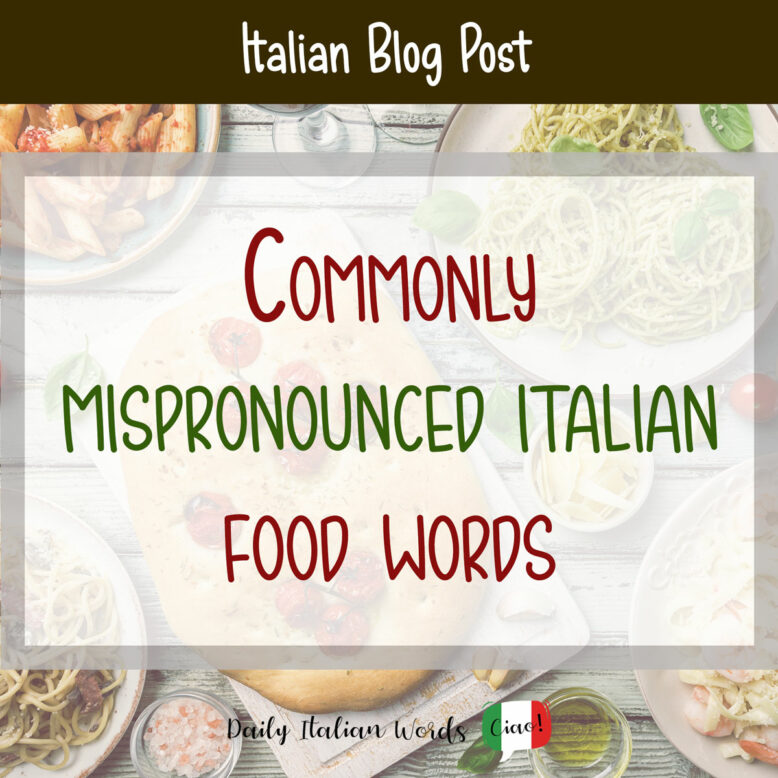
Gnocchi
I’m putting this food word as #1 on this list purely because it is my personal pet peeve. I have heard gnocchi pronounced a million different ways – “no-key”, “no-chee”, and “no-she” being the mispronunciations I have heard most frequently. To clear any confusion, remember this: “gn” combinations in Italian make a “nyuh” sound, much like the Spanish “ñ”. Also, “ch” makes a /k/ sound in Italian instead of the English /ch/ sound. Now, bearing all that in mind, go enjoy some potato dumplings!

Espresso
What do you call a bitter, condensed, tiny cup of joe? Espresso. At my local Starbucks, I heard a lot of unique ways to ask for coffee, and “expresso” was one I heard all the time. When asking for an extra shot of espresso in your venti caramel macchiato, please be careful to clearly pronounce the /s/ in the second letter. Italians will thank you.

Bruschetta
After spending a few minutes contemplating English phonics, I still cannot figure out why so many English-speakers pronounce this word “brew-shed-uh”. According to English phonics, the word would be pronounced “brew-skeh-duh”, which is much closer to the original Italian pronunciation than what we actually say. Either way, the correct pronunciation includes a /k/ sound, and a double-pronounced /t/. This Italian dish makes for a perfect appetizer of bread, oil, and oftentimes diced tomatoes.

Tiramisù
This sweet pick-me-up quite literally translates from Italian to English as a “pick-me-up”. For the most part, English-speakers pronounce this well enough that a native Italian would know what you want. However, be mindful of the vowels. The biggest culprit that gives us English-speakers away is the first “i”. In Italian, most “i”s are pronounced as a long E, as in “peek”. If you can pronounce that vowel correctly, you most certainly deserve this special Italian dessert.

Bolognese
English-speakers treat this word just like we treat the word “Bologna” – by ignoring the “g” and randomly changing the final vowel sound. Instead of “bo-lo-naiz”, remember the “gn” rule and be mindful of the finale “e”s. For travelers hoping to enjoy a delicious pasta alla bolognese, check the Italian menus carefully. The dish you know and love in your country is actually referred to by a slightly different name in Italy. In Italy, you will find this dish called pasta con ragù bolognese. Bolognese is merely an adjective meaning “from the city of Bologna”, so calling this dish “Bolognese” is equivalent to calling a Chicago-style deep dish pizza “Chicago” and nothing more.
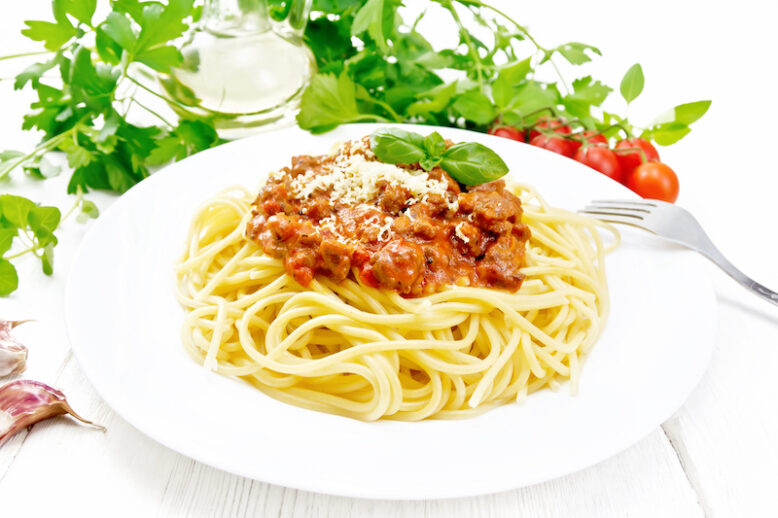
Antipasto
Anticipate. Antifreeze. Antibacterial. All of these words begin with a familiar “anti-” sound that we typically pronounce like “an-tee”. Many people also keep that short /a/ sound in the word “-pasto”. However, in Italian, “a”s are typically pronounced more like an “ah”, creating “ahn-tea-pah-stoh”. The “anti-” prefix, both in Italian and English, implies that this pasto, or “meal”, is a forerunner to the meal: an appetizer.

Biscotti
I grew up calling coffeehouse cookies “bih-scottie”, only to realize that I was always incorrect. The Italian word for “cookie”, biscotto, is pronounced with a longer “o” sound and a well-articulated double “t”. Additionally, the English word “biscotti” has taken on a new definition from the original Italian. To us English-speakers, a biscotti is a twice-baked almond cookie often served at coffee shops. To Italians, biscotti is a plural word for “cookies”, used for all different types of cookies.

Parmigiano
This delicious cheese is known to English-speakers as “parmesan” and “parmigiano”. Both words refer to the same hard cheese, but one is slightly more Italian-sounding. “G” followed by an “i” in both Italian and English softens the /g/ into a /j/ sound. Because the “gi” in parmigiano is followed by another vowel, the “i” does not need to be pronounced separately.
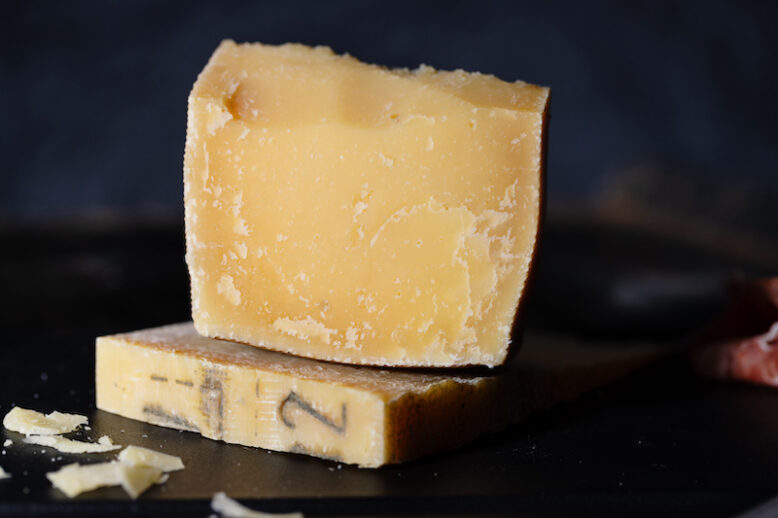
Carpaccio
This dish, very similar to tartare, is an appetizer made with raw meat pounded super thin. It also has an unvoiced vowel and a double consonant. The “i” is not actually voiced, but simply serves to soften the “c”. In Italian, “ci” and “ce” combinations make the /ch/ sound. In the end, we are left with a word pronounced as “car-pach-choh”.

Mascarpone
What Italian cream cheese do you need to make tiramisù? Mascarpone. This word is full of vowels that are easy to mispronounce. Let’s start with the “a”s. Every “a” is pronounced like an “ah”. The “o” is long, like “oh”. And the final “e” is pronounced like the letter A. This leaves us with a rich and creamy sounding “maws-car-poh-neh”.

Amatriciana
Amatriciana is a delicious tomato-based pasta sauce made with guanciale and pecorino. But how is this long, 5-syllable word meant to be pronounced, actually? This word contains the “ci” blend, with the “i” that softens the “c” into a /ch/ sound. The “i” is, therefore, unvoiced. This sugo is one of my favorites. Who doesn’t love a meat that tastes like bacon, and cheese?

Mozzarella
Mozzarella goes perfectly on pizza. This particular type of cheese is equally popular amongst English speakers and Italians. Yet English-speakers still mispronounce this common food word. Beware of the doubled consonants, “z” and “l”, which ought to be clearly articulated. It is easiest to pronounce if you play with your best Italian accent imitation, and get your hands speaking with you.
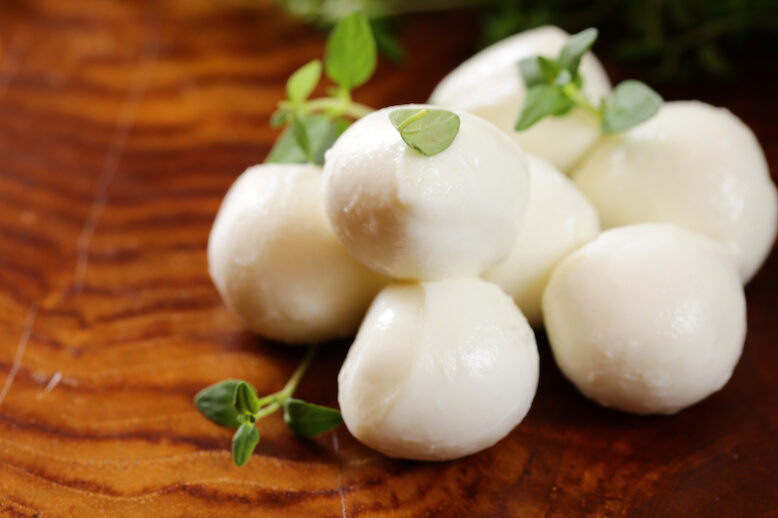
Focaccia
Here the “ci” blend strikes yet again. This delicious type of bread has three separate “c”s, making the word a little hard on the eye. The first “c” is pronounced just as you might guess. But the final two “c”s can be a phonetic mouthful. There are two “c”s, meaning both consonants need to be clearly articulated. Also, the very last “c” is followed by the letter “i”, meaning the combined blend should produce a /ch/ sound. In the end, the “i” makes no separate sound, but is instead followed with the “a”. After pronouncing that mouthful of “c”s, treat yourself to a deliciously oily and salty bread.

Minestrone
Soup is good for the soul. And correct pronunciations are good for the ears. This long soup name is pronounced quite well by English-speakers, except for that final vowel. In Italian, the letter “e” in minestrone often makes an “eh” sound, similar to the name of the letter A. Your favorite Italian soup is pronounced like “minestron-ay”, and less like “minestron-ee”.
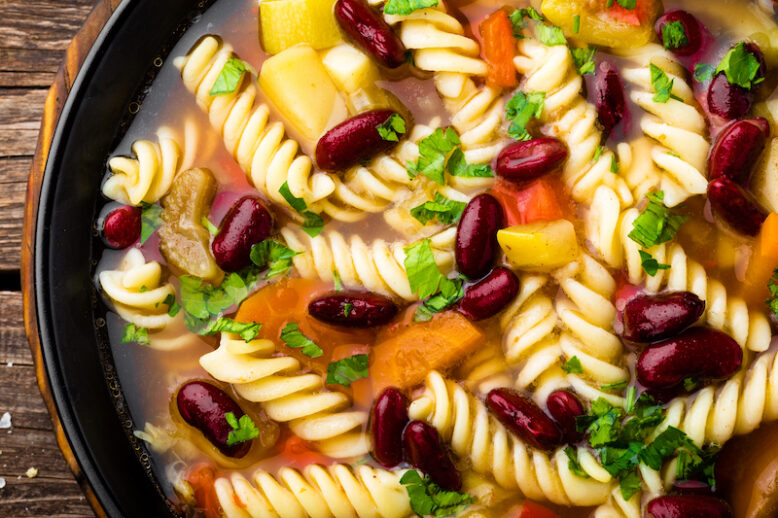
Calzone
When a personal pan pizza just doesn’t cut it for a solo pizza dish, the folded-over pocket calzone is always a great option! Be careful about the final vowel in this word: E. Remember that “e” in Italian is usually pronounced like “eh”. What’s more, the “z” in calzone should be pronounced the same way most English-speakers pronounce the “z”s in pizza – with a /tz/ sound.
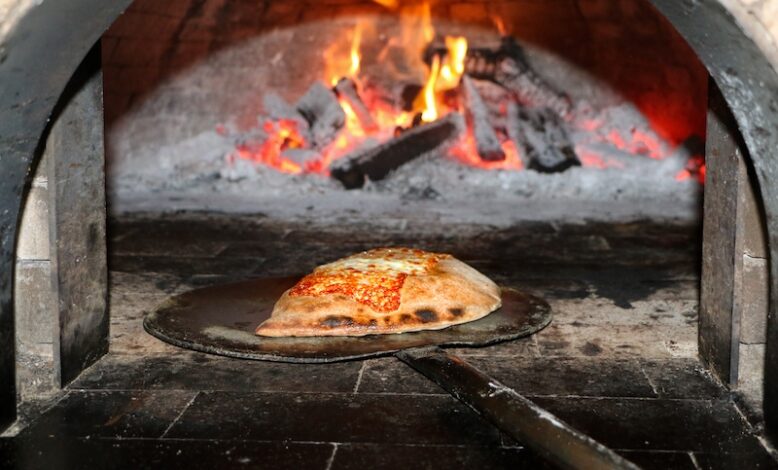
Other Italian Food Misconceptions
Panini
If you go to any sandwich shop in your home country and ask for a panini, the server will likely bring you a flattened sandwich that has been grilled on a special machine we call a “panini press”. English speakers have hijacked an Italian word and given it an entirely new meaning. In reality, this Italian word simply means “sandwiches”: any sandwich – hamburger, ham and swiss, peanut butter and jelly – as long as you are referring to it in plural form.
Farfalle
If you see these pasta shapes at the grocery store, likely you have grown up calling them “bowtie pasta”. And, yes, farfalle pasta does look like little pasta bowties. But it also looks like butterflies. Farfalla is the Italian word for butterfly, with farfalle being the plural form. So really, this beloved pasta shape should really be nicknamed “butterflies”. I hereby move that henceforth and forevermore we refer to these little pasta shapes as “butterflies”. Who is with me?
English-speakers have adopted a lot of words from around the world into our everyday vernacular. We also have our own unique way of pronouncing these borrowed words. To add a bit of culture and class to your personal vocabulary, try pronouncing these words the way the original native speakers pronounce them. It will help with learning Italian or other Latin-based languages, as well as making you appear more refined amongst your English-speaking peers. Happy Italian cooking! Buon appetito.
Written by our American contributor in Florence, Lyssa Yapp.
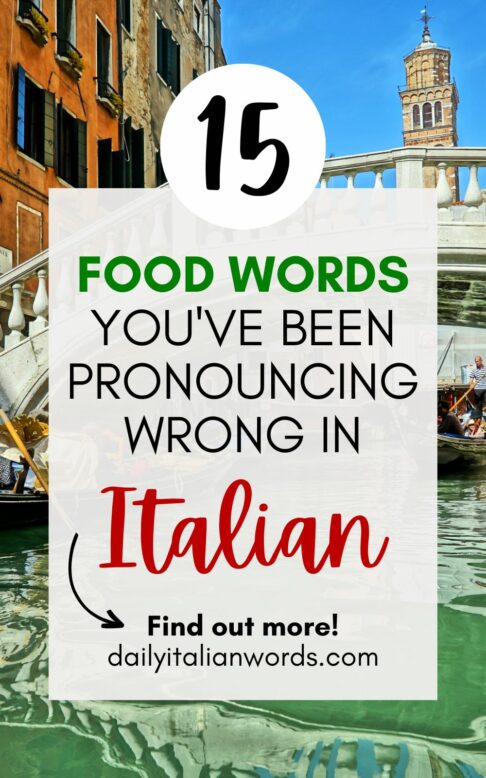
Heather Broster is a graduate with honours in linguistics from the University of Western Ontario. She is an aspiring polyglot, proficient in English and Italian, as well as Japanese, Welsh, and French to varying degrees of fluency. Originally from Toronto, Heather has resided in various countries, notably Italy for a period of six years. Her primary focus lies in the fields of language acquisition, education, and bilingual instruction.


